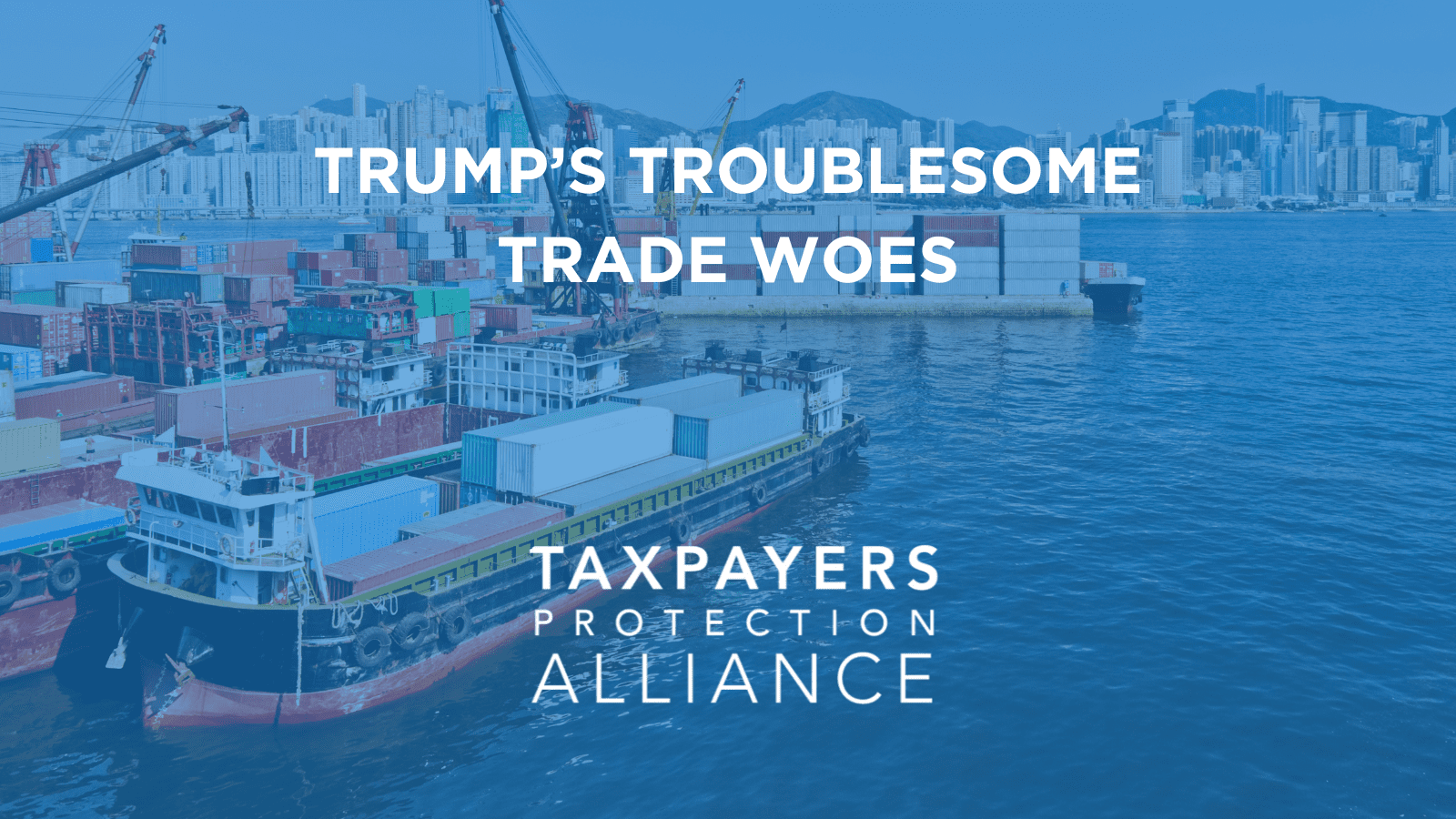
Trump’s Troublesome Trade Woes
David B McGarry
July 17, 2025
The casus belli of President Donald Trump’s ongoing trade war offered on Liberation Day was the alleged discrimination carried on by America’s trading partners against American goods. “We will pry open foreign markets and break down foreign trade barriers,” the President declared. Upon reflection, this justification seems pretextual. The White House trade deal with the United Kingdom yielded higher (not lower) American rates than those that prevailed under the status quo ante bellum. Next, Trump announced another deal, with Vietnam, which yielded the same result (not to mention the fact that the Vietnamese do not consider the announced terms final).
And what might be deduced from the administration’s policy has become clear from the intermittent admissions of administration officials. These officials have let it slip that, far from seeking free and fair trade, the policy of the United States amounts to a neo-mercantilist scheme of protection for the benefit of American industry.
The trouble for Trump is that the laws of economics do not bend for political expediency. No matter how artful the President’s diplomacy or dealmaking, any departures from the American free-trade regime that has obtained in law and public opinion since the Second World War will render the country poorer, and her industries less dynamic and competitive. Indeed, even the self-appointed economists of protectionism have begun to admit that tariffs raise prices for American businesses and consumers.
Writing of the June inflation report, The Wall Street Journal (WSJ)’s editorial board writes, “Price increases were broad-based, and especially in goods that the U.S. imports. Think toys (1.8%), paper products (1.4%) and appliances (1.9%).” The price of produce, for which American rely heavily on imports, furnishes an excellent demonstration: “fresh fruit and vegetables (1%), the biggest increase in more than a year. About 60% of fresh fruit and 35% of fresh vegetables are imported,” the editorial board notes. These findings illuminate the textbook functioning of tariffs, which secure for narrow economic constituencies concentrated benefits while scattering disbursed costs economy-wide. Politically entrenched industries gain; American consumers pay for their protection.
Protectionism, on net, depresses economic growth and productivity, because the price increases that result from one industry’s protection must be borne by downstream industries that purchase its products. For example, steel tariffs raise steel prices, which must be paid by other American businesses that purchase steel.
The energy industry, one of the industries the Trump administration has dubbed essential to the new “Golden Age of America,” faces tariff-generated cost increases. Again, from the WSJ editorial board:
Rystad [Energy] estimates that tariffs will increase costs for offshore oil and gas projects by 8% year-over-year and 12% for onshore. “Most steel and raw material exposed cost categories are feeling the majority of the impact from tariffs and thus will take the biggest hit,” the report says. These estimates don’t account for the new copper duties or Mr. Trump’s doubling of steel tariffs to 50%.
Oil and gas producers use highly specialized materials with precise metallurgical properties and dimensions sourced from around the world. The National Ocean Industries Association, which represents the offshore energy industry, says reshoring this production is unlikely in the near or long term owing to the global nature of offshore energy development.
Tariffs will render U.S. oil and gas producers less competitive and further pressure margins already squeezed by lower oil prices. While oil prices could climb if tensions flare in the Middle East, the Saudis are raising production and demand is down as growth and trade flows slow.
Rystad this spring slashed its forecast for U.S. onshore crude growth by more than half owing to lower oil prices and tariff costs. Tariffs will also raise costs for liquefied natural gas export projects, a quarter of whose materials are imported.
President Trump’s disbelief in the laws of economics cannot alter the operation of those laws. According to the Tax Foundation, “the imposed tariffs would reduce market income by 1.4 percent in 2026…and amount to an average tax increase per US household of $1,296 in 2025 and $1,683 in 2026.” That damage will occur despite protectionists’ optimistic (and largely ahistorical) enthusiasm for “economic statesmanship,” or whatever other evocative euphemism they invent for taxes levied on Americans.
